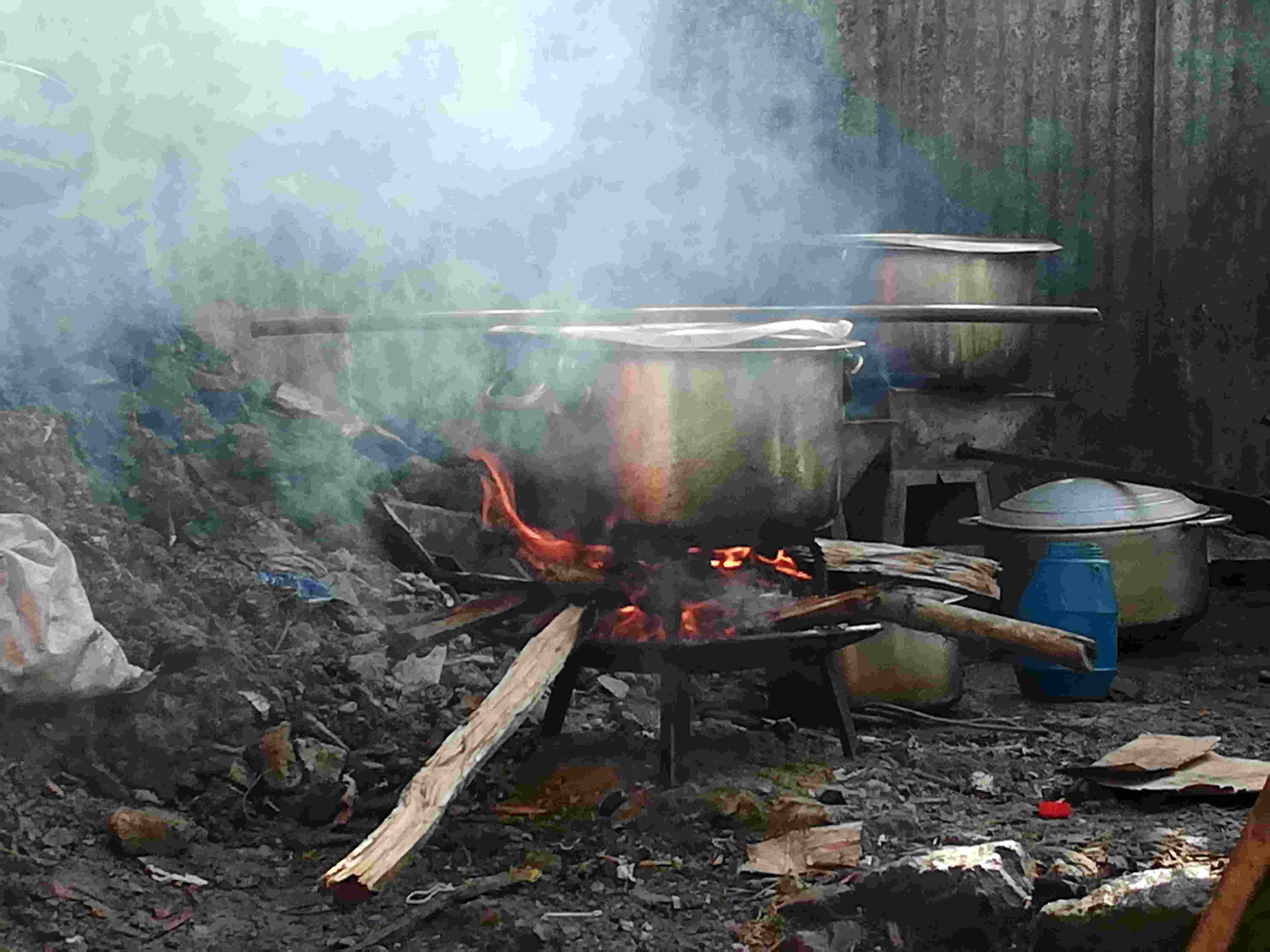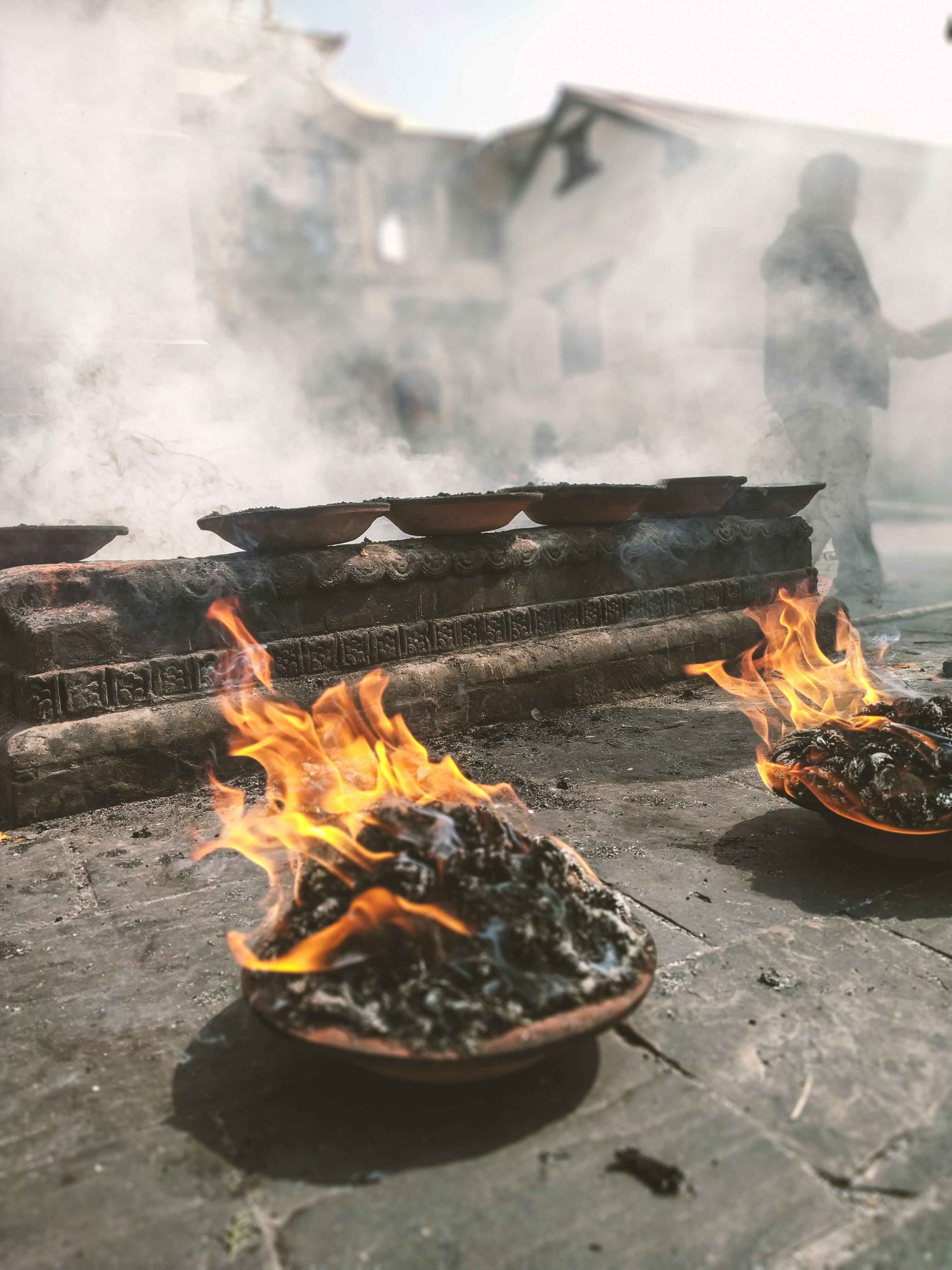Share this Article
Nepal, a country rich in cultural diversity and traditional culinary practices, boasts a deep-rooted tradition of fermented foods. These foods not only enhance the flavors of Nepali cuisine but also play a vital role in preserving food, improving digestion, and providing nutritional benefits. Fermentation is a centuries-old practice that continues to be an integral part of everyday Nepali cooking, especially in rural areas where local ingredients are used to create these unique dishes.
Importance of Fermented Foods in Nepali Culture
In Nepali culture, fermentation is often seen as a form of food preservation and enhancement. The process of fermentation, through the natural action of bacteria, fungi, and yeast, transforms simple ingredients into food with enhanced flavors, textures, and health benefits. Fermented foods are rich in probiotics, which promote gut health, boost immunity, and improve digestion.
Fermented foods also hold cultural and ritualistic significance, often being consumed during festivals, ceremonies, and everyday meals. Many of these foods have been passed down through generations, preserving not only recipes but also cultural practices and customs.
Key Fermented Foods in Nepali Cuisine
Here are some of the most popular fermented foods in Nepali culture, each with its own unique preparation method and cultural significance:
1. Gundruk – Fermented Leafy Greens
One of the most popular and widely consumed fermented foods in Nepal is gundruk. It is made by fermenting leafy greens, such as mustard greens, spinach, or radish leaves. The process involves wilting the leaves, then packing them tightly in a container or bag to ferment naturally. Gundruk is often eaten as a side dish or a soup ingredient and is cherished for its tangy and slightly sour taste.
- Cultural Significance: Gundruk is particularly important during the winter months, as it is a traditional way of preserving greens that would otherwise spoil. It is considered a health-boosting food, rich in vitamins and minerals.
- Health Benefits: Gundruk is rich in fiber, iron, and vitamins and is known to aid in digestion and boost the immune system due to its probiotic properties.
2. Achar – Fermented Pickles
In Nepali cuisine, achar (pickles) are a ubiquitous accompaniment to almost every meal. While some pickles are made with fresh ingredients, many are fermented to enhance their flavor and shelf-life. The fermentation process can vary based on the type of pickle, but it typically involves mixing vegetables, fruits, or spices with salt, oil, and sometimes mustard seeds or fenugreek, then allowing them to ferment for several days or weeks.
- Common Types: Popular achar varieties include mango pickle (achar), tomato achar, radish achar, and chili achar. Some fermented pickles, such as garlic pickle or ginger pickle, are especially favored for their ability to aid digestion.
- Cultural Significance: Achar is a staple of Nepali meals, often served alongside dal bhat (lentils and rice) or roti. It’s an essential part of hospitality and is often served to guests, making it a significant part of Nepali social traditions.
- Health Benefits: Fermented pickles like achar are rich in probiotics, which improve gut health and digestion. They also provide an excellent source of vitamins and minerals, and the fermented process enhances the bioavailability of nutrients.
3. Sikara – Fermented Barley Drink
In the hilly and mountainous regions of Nepal, sikara is a traditional fermented drink made from barley. The barley is first boiled, and then fermented using a natural yeast starter. Sikara has a mildly alcoholic taste and is often consumed in small quantities. It is sometimes flavored with herbs or spices and is typically served as a refreshment or as part of traditional rituals.
- Cultural Significance: Sikara holds cultural importance in various ethnic communities, including those in the Himalayan and Sherpa regions. It is often consumed during festivals or religious ceremonies.
- Health Benefits: Sikara is a source of probiotics and fermented enzymes, which aid in digestion. It also provides the body with easily digestible carbohydrates and other essential nutrients.
4. Lassi – Fermented Yogurt Drink
Lassi is a traditional yogurt-based drink, widely enjoyed in Nepal. Made from yogurt, water, and spices, lassi is a popular beverage in both sweet and salty varieties. The fermentation process enhances the texture and flavor of the yogurt, making it thicker and creamier.
- Cultural Significance: Lassi is commonly served as a refreshing drink during hot summer months or after meals to aid digestion. It is also a traditional offering during rituals and festivals.
- Health Benefits: Lassi, being made from fermented yogurt, is rich in probiotics, calcium, and proteins. It promotes gut health, strengthens bones, and provides a cooling effect on the body.
5. Chhaang – Fermented Millet or Rice Drink
A drink that holds great significance in Nepalese hospitality is chhaang, a fermented alcoholic beverage made from either rice or millet. Chhaang is often served in large quantities at celebrations, festivals, and weddings. The preparation of chhaang involves fermenting cooked rice or millet with yeast, and it has a slight alcohol content due to fermentation.
- Cultural Significance: Chhaang is typically served in a khada (scarf) or sherpa glass, and its consumption is a central part of social gatherings, particularly in the Tibetan and Sherpa communities of the Himalayas.
- Health Benefits: Chhaang contains probiotics and fermented enzymes, which aid in digestion. It also provides a warm and comforting feeling, especially in the cold Himalayan regions.
6. Chhurpi – Fermented Cheese
Chhurpi is a type of traditional Nepali fermented cheese made from yak or cow milk. It is typically hard and has a distinct, sharp flavor. There are two types of chhurpi: soft chhurpi (used for cooking) and hard chhurpi (which is eaten as a snack or a chewable).
- Cultural Significance: Chhurpi is a staple food in the mountainous and Tibetan regions, especially among communities such as the Sherpa and Tamang. It is often consumed with millet beer or buttermilk.
- Health Benefits: Chhurpi is a great source of protein, calcium, and healthy fats. The fermentation process makes the cheese easier to digest and adds beneficial microorganisms that support gut health.
7. Kodo Ko Raksi – Fermented Millet Alcohol
Kodo ko raksi is a traditional millet alcohol made by fermenting finger millet (kodo), a crop that thrives in the high-altitude regions of Nepal. The drink is made by fermenting the millet with yeast, and it has a distinct flavor that is both sour and slightly sweet.
- Cultural Significance: Kodo ko raksi is consumed as a ceremonial drink during festivals and special occasions, particularly in the Tamang, Gurung, and Sherpa communities.
- Health Benefits: Like other fermented alcoholic beverages, it contains probiotics and is known for aiding digestion and providing warmth in cold climates.
Conclusion: The Legacy of Fermentation in Nepali Culture
Fermented foods in Nepal are more than just a way of preserving food—they are an essential part of the country’s cultural heritage and culinary identity. From everyday meals to festive occasions, these foods continue to play a vital role in Nepali society. They offer numerous health benefits, including improved digestion, enhanced nutrient absorption, and a strengthened immune system. Whether it’s the tangy gundruk, the spicy achar, or the hearty chhaang, fermented foods are a reflection of the Nepali people’s deep connection to the land, their traditions, and their health.
Categories:
Lifestyle & Local Life
Tags:
Local Life







